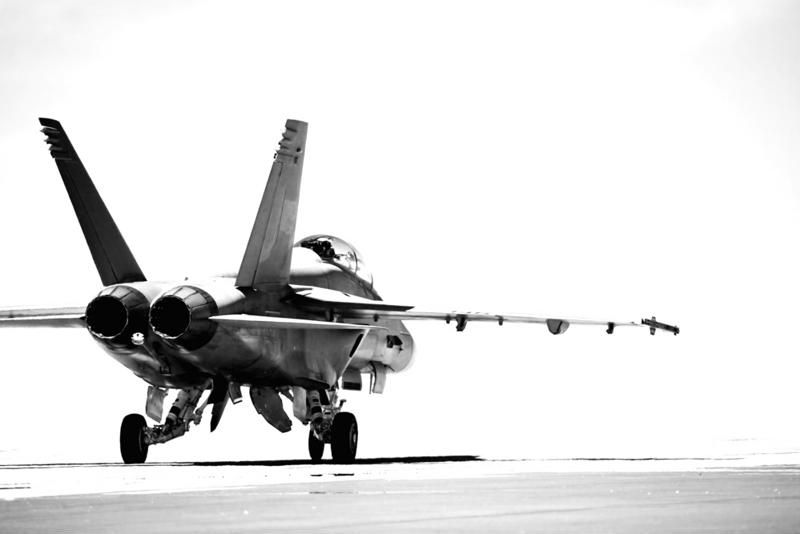Since the war on drugs officially began in 1971 under President Nixon, U.S. armed forces have been deployed in areas where drugs run rampant in an effort to reduce the number of narcotics entering the country. The U.S. government and its armed forces have stepped up tremendously in their efforts, with over $1 trillion spent on the war on drugs since its inception.
The war on drugs is still ongoing and shows no signs of ending any time soon, but that doesn’t mean the U.S. armed forces are going to idly sit by and watch drug smugglers and criminal organizations succeed. On the contrary: There have been numerous efforts to interrupt the flow of narcotics and keep both the U.S. and other countries safe from harm.
U.S. Coast Guard helps seize $475M worth of drugs from smugglers
The Navy is a key part of the U.S. armed forces’ contributions to the war on drugs. This year, a U.S. ship cooperated with a Royal Netherlands Navy vessel to confiscate $475M worth of drugs from smugglers in the Caribbean Sea and the Eastern Pacific Ocean. This included 3,892 pounds of marijuana and 24,700 pounds of cocaine. The seizure was ultimately hauled in and unloaded in Miami Beach.
Cdr. Jeremy M. Greenwood, the commanding officer of the 270-foot cutter stationed in Virginia named the Legare, praised the crew responsible for the bust, citing their commitment to duty. He also applauded the various crews who contributed both to the mission and the ongoing counter-drug campaign, which included the “dismantling of transnational criminal organizations.” He proudly claimed the operation “will result in significantly fewer drug-related overdoses.”
 The appearance of the U.S. Department of Defense (DoD) visual information does not imply or constitute DoD endorsement.
The appearance of the U.S. Department of Defense (DoD) visual information does not imply or constitute DoD endorsement.The U.S. Air Force sends help to Curacao to combat narcotics trafficking
40 miles off the coast of Venezuela is the island of Curacao. This nation is a Caribbean island that has a close alliance with the U.S. Together, they’ve spent two decades fighting international narcotics trafficking and transnational criminal organizations in the area. In 2020, those efforts gained a big boost in the form of extra equipment and personnel.
After the U.S. State Department accused Venezuela of drug trafficking, they sent four U.S. Air Force aircrafts to the island. These planes were meant to run detection and monitoring operations in an effort to interrupt the flow of drugs coming from Venezuela and surrounding areas.
The armaments introduced included an E-3 Sentry surveillance aircraft, an E-8C Joint Surveillance Target Attack Radar System plan, and two KC-135 Stratotanker aerial refueling aircrafts. Combined, these new assets, in addition to 200 extra personnel at the Cooperative Security Location (CSL), should give Curacao a leg up on drug trafficking operations in the area.
Air strikes used to destroy Taliban drug labs
Afghanistan has a primarily opiate-based economy. While the U.S. was still attempting to occupy Afghanistan in 2018, the U.S. armed forces, together with the Afghan military, targeted drug labs for precision air strikes. The U.S. Air Force’s F22A Raptor aircraft armed with small-diameter bombs were used to minimize civilian casualties.
The U.S. military has worked hand-in-hand with many foreign governments and entities in an effort to reduce drug trafficking and the spread of drugs into the U.S. and internationally. While the efforts are still ongoing, the U.S. armed forces have made significant progress in interfering with transnational criminal organizations and drug smugglers across the world. While the war on drugs persists, the U.S. armed forces constantly look for ways to help end it.

